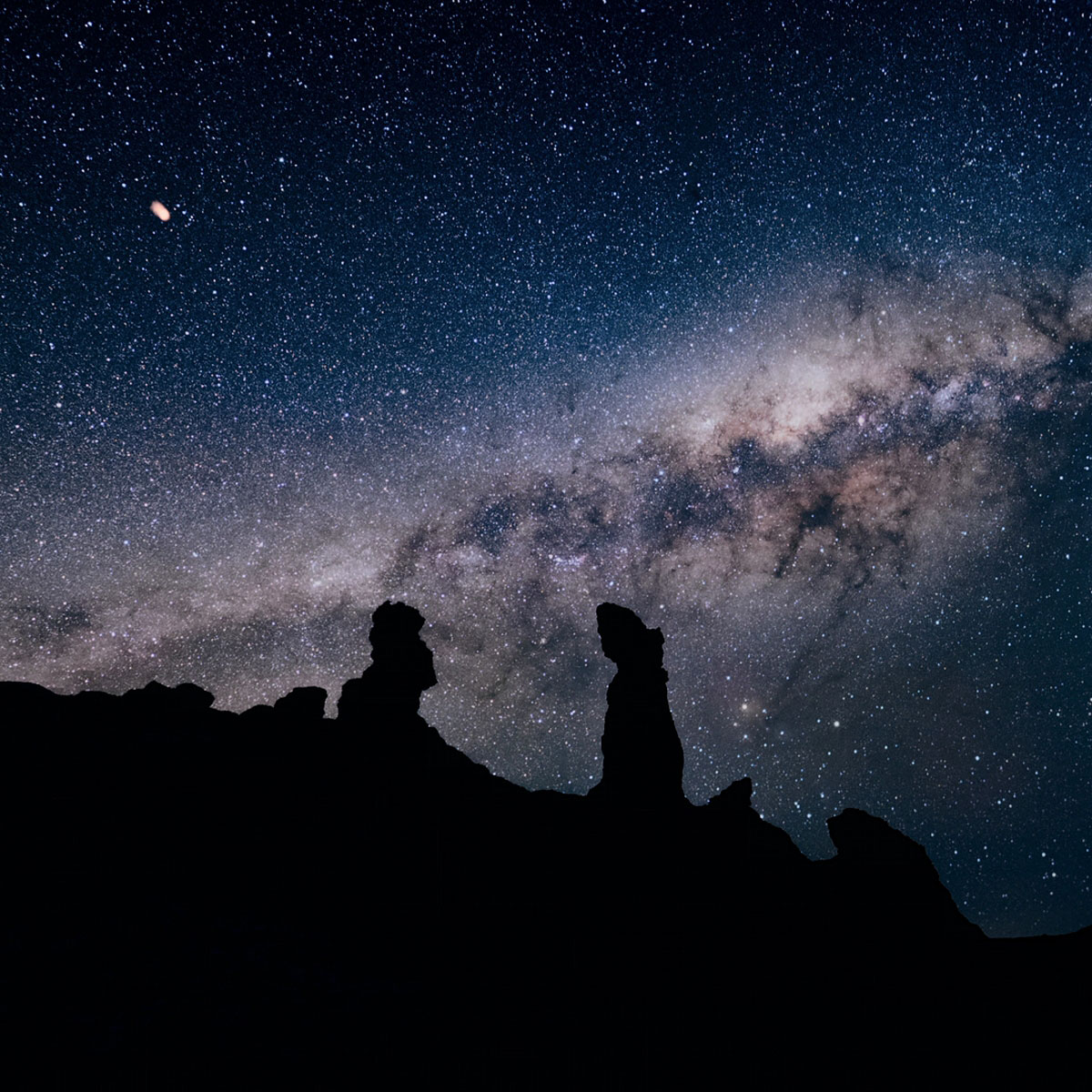The Balearic Islands: a treasure of sustainable tourism
Climate change and global warming, loss of biodiversity, deforestation, flows of nutrients (nitrogen and phosphorous), ocean acidification, as well as the ozone layer: these are the increasingly fragile boundaries that keep us safe from disaster and which are analysed in the production Breaking Boundaries: The Science of our Planet.
By: Ramón Oliver
Crystalline seas with turquoise hues, water temperatures of around 25°C and a rich undersea universe to enjoy whilst diving are the common denominator in the Balearic Islands. Even so, this distinctive brand contains variations to suit all tastes. From the fine white sandy beaches to those of reddish rock and pebbles that cut the soles of your feet; remote and inaccessible coves for getting lost in good company, and immense sandy stretches for kilometre-long promenades. And all this immersed in the beautiful and diverse Balearic countryside.
The Balearic Islands have 11 marine reserves, which are home to over 400 species of fishes, crustaceans and invertebrates
Yet beyond the beauty of its coasts, the Balearic Islands hide a privileged natural enclave and a central nervous system of the biodiversity of the Mediterranean. The islands have 11 marine reserves, which are home to more than 400 species of fish, crustaceans and invertebrates, some of them valuable endemic local species.
Also nesting in the area are numerous marine birds, including the Balearic warbler, the firecrest and the Balearic shearwater, the latter of which is in grave danger of extinction. On dry land, the irrefutable king is the garden dormouse of Formentera, whilst other marvels of the local flora dwell under the sea, such as Neptune grass (Posidonia oceanica). This marine plant’s immense undersea meadows not only provide food and shelter to dozens of species, they also give the waters of these islands their distinctive crystalline colour.

s’Almunia cove (Mallorca). Photo: Daniel Kajuk, via Unsplash. 
Ibiza. Photo: Michael Baccin, via Unsplash. 
Firecrest. Photo: Mara Fergo, CC BY-SA 4.0, via Wikimedia Commons
Explosion of nature in Cabrera
A special mention is owed to the Cabrera Archipelago Maritime-Terrestrial National Park. Located 10 kilometres south of Majorca, Cabrera is pure, untouched nature surrounded by water. On its 19 islands and islets are a mix of cliffs, caves and beaches that are home to hundreds of species of flora and fauna, as well as being a rest stop for migratory birds. A rich ecosystem just a stone’s throw from ‘civilisation’ and safe from the kinds of mass tourism that is its antithesis.
Cabrera National Park is one of the most outstanding examples of an intact island ecosystem in the Mediterranean
A protected area since 1991, Cabrera National Park is one of the best examples of an intact insular ecosystem in the Mediterranean. It is also an obligatory stop for scuba divers, who make a pilgrimage to Sa Cova Blava to take in the magical lights at sunset.
Although it is currently a matter of widespread concern, the debate on the need to make tourist activities compatible with respect for nature is nothing new in the Balearic Islands. In fact, the archipelago has already demonstrated that it is possible to achieve a balance between sustainability and tourism when in 1993 UNESCO declared Minorca a biosphere reserve, a distinction it awards to models of economic growth that do not alter local ecosystems.

Oceanic Posidonia. 
Oceanic Posidonia. Photo: Melina Marcou, CC BY-SA 4.0, via Wikimedia Commons 
Coral Reef Starfish and Scuba diver in Mediterranean Sea. Photo: Rich Carey, via Shutterstock

